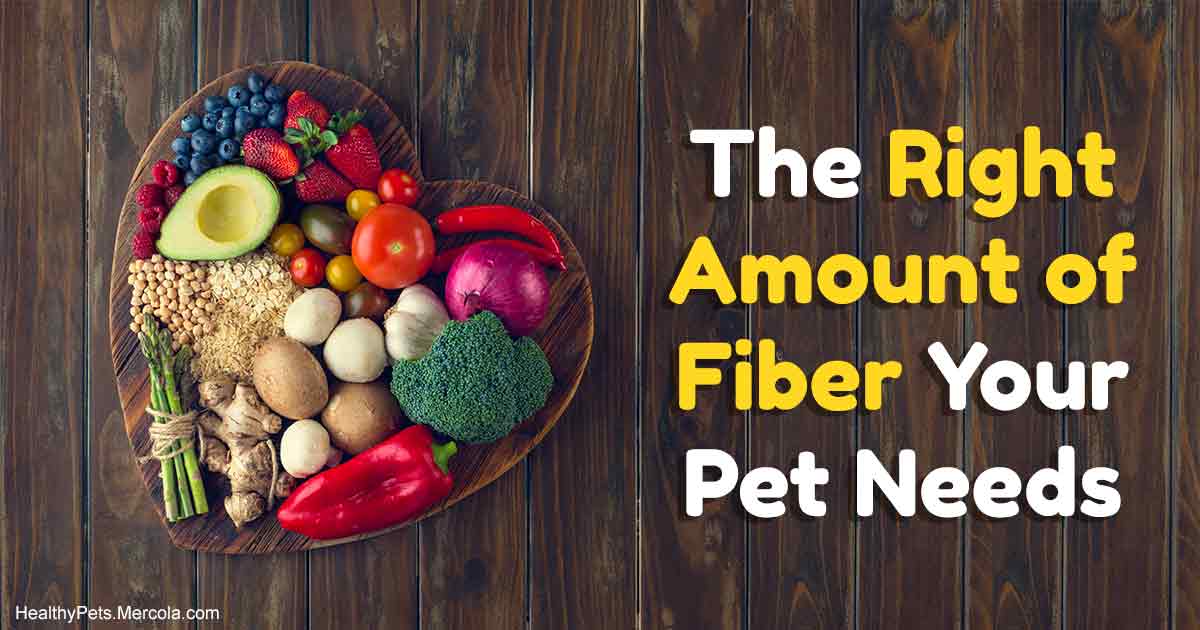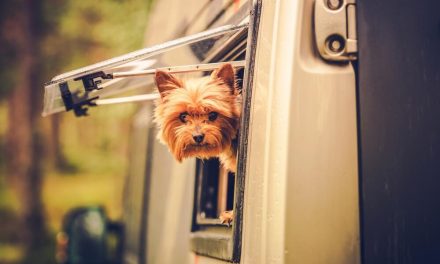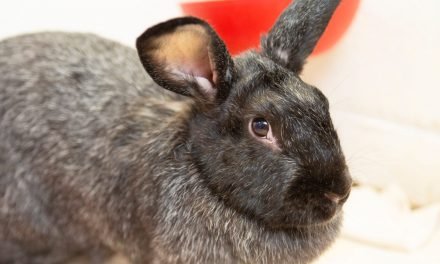As I point out extremely regularly here at Mercola Healthy Pets, the family pet food (feed) market is constantly on the hunt for low-cost, usually biologically unsuitable active ingredients for their solutions. Among the most current seems miscanthus yard, which is under examination as an ““ alternative fiber source ” for usage in processed family pet food.
.How huge animal food validates its interest in miscanthus lawn.
Here’’ s an example of the fuzzy reasoning the market utilizes to justify its interest in active ingredients such as miscanthus lawn. From PetfoodIndustry.com:1
““ While not a necessary nutrient for felines or pet dogs per se, fiber can offer advantage to their intestinal health and day-to-day removal items.””
.
I think we need to be grateful for the recommendation that meat-eating family pets wear’’ t need included fiber of this type (as long’as they ’ re fed a nutritionally well balanced, species-appropriatediet plan).
.
“ … [B] ecause fiber is by meaning indigestible, it offers a system to reduce the calorie density of the diet plan. Considered that over 50% of pet dogs and felines in the U.S. are overweight or obese, energy dilution with fiber has actually shown to be an important tool to assist in weight control.””
.
It ’ s definitely real we have a family pet weight problems epidemic in this nation, however the animal food market stops working to acknowledge its considerable function in producing the issue. And doesn’’ t it appear there ’ s a much better technique to keeping felines and pets lean than including unneeded, biologically improper filler components to pet food to lower calorie counts?
““ There are other worths to including fiber to the diet plan beyond these dietary applications for matters that might appear more mystical in nature, like helping felines vulnerable to hairballs in pressing the consumed hair towards removal in their feces instead of vomiting them in the home.””
.
First, we shouldn ’ t accept at stated value huge animal food’’ s property that included fiber such as miscanthus yard has ““ dietary applications,” ” even when it ’ s placed as recognized reality, as it is above. When it comes to ““ helping felines vulnerable to hairballs,” ” felines are rigorous predators , implying they have even less utilize for inexpensive filler fiber in their diet plans than pets do– consisting of felines with hairballs .
.
That stated, if you ’ re a feline moms and dad, keep your eye out for new-and-improved “ hairball management ” solutions including miscanthus turf, due to the fact that I presume this is where the market “might be headed with this” active ingredient.
. What the heck is miscanthus lawn?
“ … Miscanthus giganteus … is a C4 [seasonal] lawn that was initially propagated for landscape cover. It has a quick development pattern growing to 8 feet or more and produces considerable tonnage every year. When a stand is developed will continue for 20 years or more, the plant grows from roots and. ” 2
.
It ’ s landscape cover, folks. Reward: It grows quickly and high and in big amounts”.The stems of the plant are collected and baled, and when utilized for animal feed, the bales are ground into great particles. The completed item is very high in fiber (90 %), and the majority of it is insoluble fiber (83%). Beyond fiber, there are no substantial nutrients in miscanthus turf.
.
The plant was initially farmed “ to take advantage of its cellulose biomass for the ethanol market, ” according to PetfoodIndustry.com. The economics didn ’ t work out, however, “ Given its resemblance to cellulose,” the growers believed it may be a feasible prospect as a fiber source for’animals. ”
.
The cellulose discussed simply above is really wood pulp( sawdust), mainly from evergreen.”Considering that sawdust simply doesn ’ t sufficed with family pet moms and dads searching for more natural active ingredients in their canine ’ s or feline ’ s diet plan, family pet food business are encouraged to discover alternative filler fibers to change it (till’customers capture onto those, also ).
.
Like miscanthus lawn, powdered cellulose has an incredible quantity of insoluble fiber, excessive of which can disrupt your animal’s capability to absorb and absorb the nutrients his body in fact requires, like protein and minerals. High levels of cellulose can likewise rob cells in the colon of vital fuel, like butyrate, due to decreased fermentation. Extreme powdered cellulose in your family pet’s food will likewise trigger him to produce a larger volume of poop .
Your healthy canine or feline requires just a percentage of species-appropriate fiber.
The processed animal food market is extremely purchased persuading family pet moms and dads that dogs and felines require substantial quantities of fiber in their diet plan, regardless of the truth that dog and feline ancestral diet plans include just very little quantities of fiber or “ roughage ” (about 4% when it comes to pets)– mainly the hair, skin and teeth of victim animals, plus indigestible fibrous parts of plants and “other chances and ends.
.
Of course, the factor animal food manufacturers utilize a lot fiber in their solutions is due to the fact that it ’ s low-cost and abundant. It has little to do with offering species-appropriate nutrition to felines and pet dogs. When it concerns grain-free processed family pet food, it ’ s worth asking if’the freshly developed link in between these diet plans and heart problem in canines is due in part to balancing out crucial amino acids in meat with an excess of fiber and starch.
.
When thinking of the requirement for fiber in your pet’s or feline’s diet plan, once again, it’s essential to bear in mind that wild dogs and felines have no physiologic requirement for the plant fibers utilized in many processed family pet food.
.
The fiber wild pet dogs and felines consume is mainly stemmed from the currently absorbed stomach contents of their victim, plus fur, tendons and ligaments, together with munching lawns and other plant product. The quantity of fiber in the diet plan of wild pets and felines is little( less than 5% in many cases), it serves an extremely essential function.
.
Don ’ t get me incorrect, I ’ m really pro-fiber, as it supplies and develops the microbiome roughage for bowel health. Fiber ought to be supplied in proper quantities, and not included to extremely processed diet plans as a method of keeping stools synthetically firm or deceiving animals into believing they are satiated.
.
Cats and pets fed processed industrial diet plans really frequently gain from the addition of a percentage of the best sort of fiber, which is fiber that carefully simulates the intestinal( GI) contents of little victim animals. When your family pet takes in unneeded fillers, like heaps of powdered cellulose, it prevents food digestion and absorption of lots of important nutrients.
.
The takeaway here is that a percentage of fiber is extremely crucial, however a diet plan packed with fiber is really damaging. If you’re feeding your pet dog or feline a nutritionally well balanced, species-appropriate diet plan , that includes low-glycemic veggies, together with suitable supplements, consisting of animal probiotics and gastrointestinal enzymes, and she’s quickly producing little, firm stools, she’s getting the quantity of fiber she requires.
. , if your family pet requires extra dietary fiber..
I ’ ve discovered that numerous brand names of commercially offered raw food diet plans are constipating for some animals, probably due an absence of fiber in the food. Typically speaking, nutritionally well balanced raw diet plans ought to consist of low-glycemic, fibrous veggies to fulfill animals ’ fiber requires naturally.
.
Vegetables likewise offer much required phytonutrients and anti-oxidants not discovered in meat, bones and organs. Raw food diet plans without proper veggies are most likely to trigger irregularity in your pet or feline.
.
In the wild, felines and canines intuitively supplement their meat-based diet plans with the gi, hair and skin contents of the victim they capture. They likewise consume turfs for the very same factor. Considering that this isn ’ t the case with the animals residing in our houses, in some cases they might require extra fiber for reliable removal, specifically family pets who are more inactive.
.
If this holds true with your canine or feline, I suggest including additional ground leafy veggies to their meals– about a teaspoon for every single 10 pounds’of body weight, offered one or two times a day. If that isn ’ t reliable, attempt including psyllium husk powder at one-half teaspoon for every single 10 pounds of body weight, or gowith coconut or natural acacia fiber at one teaspoon for each 10 pounds of body weight, one or two times a day —.
.
If your family pet is regularly producing narrow, loose stools, he might take advantage of the’addition of a soluble fiber called slippery elm bark to his food. When slippery elm integrates with gastrointestinal juices, it produces a gel-like product called mucilage, which coats and relieves the GI system and assists to firm the stool. About half teaspoon for every single 10 pounds of body weight per meal need to suffice.
.
Another extremely advantageous add-in to family pet meals is canned or newly steamed 100 % pumpkin at about 1 teaspoon for every single 10 pounds of body weight, one to 2 times a day. Pumpkin is low in calories, abundant in potassium, can solve both irregularity and loose stools and likewise assists with consistency.
.
Read more: healthypets.mercola.com





Recent Comments